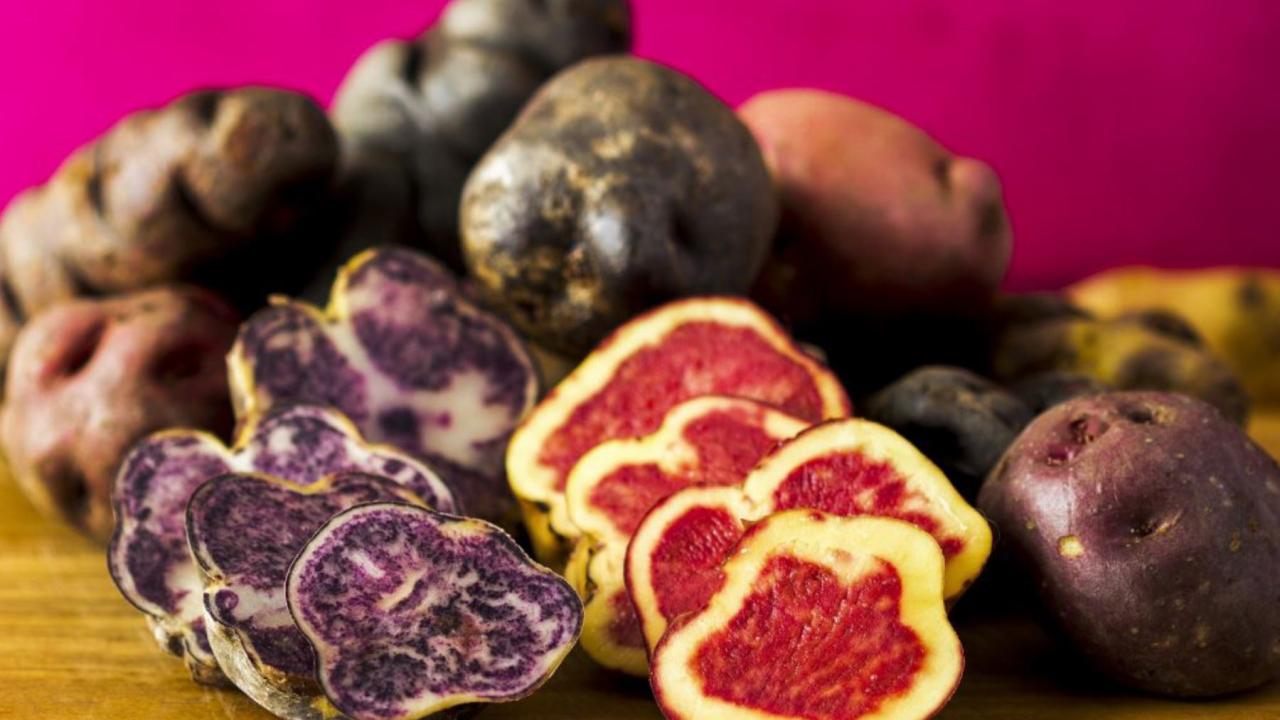
In the last year, the production of the tuber – vulnerable to climatic phenomena and the presence of pests – fell by almost 10% in contrast to the results of 2022.
This Thursday, May 30, International Potato Day is celebrated, a date officially adopted by the United Nations in order to highlight its nutritional and economic value. Currently, Peru is the leader in potato production in Latin America. The Andean country has more than 3,000 varieties and an increase in production has been observed year after year.
However, the Development Studies Network (REDES), a Peruvian academic organization, highlighted that the production of this tuber is vulnerable to climatic factors and the presence of pests such as "papakuro" (potato worm), as stated has shown the drop of almost 10% recorded during 2023.
What's going on? In Peru, 64% of potato harvests are carried out in dryland conditions; That is, they are irrigated entirely with natural rainfall and not with technical irrigation systems.
Therefore, these crops are severely affected when prolonged periods of low rainfall (droughts) occur.
“In a context affected by the El Niño Coastal Phenomenon and droughts during 2023, potato production fell almost 10% after good results in previous years. This tuber has great relevance in our food industry and also in the economy, generating thousands of jobs. However, to ensure good results, it is necessary to address the problems that directly impact producer families and their income,” said César García, REDES economist.
Precisely, in the 2022-2023 campaign, where this considerable decrease in production volume was recorded at the national level, the department that suffered the greatest impact from prolonged droughts was Puno. Production increased from 998,000 tons in 2022 to 596,000 in 2023, a figure comparable to 2011 production.
Just as the production of this tuber is vulnerable to the climatic factor, another aspect that needs to be addressed is its level of productivity.
García recalled that, during the 2023 agricultural campaign, more than 320,000 hectares of land were cultivated, reaching an average productivity of 16.9 tons per hectare.
This performance placed Peru as one of the least productive countries per cultivated hectare, ranking 87th worldwide, according to figures from the Food and Agriculture Organization of the United Nations (FAO).
In contrast, countries like Argentina, Brazil or Mexico have a productivity above 30 tons per hectare.
"In view of the impact caused by these phenomena, and considering the low productivity we have compared to other countries, it is necessary to commit to the use of appropriate technology, which includes the use of fertilizers and improved seeds of good genetic quality, resistant to pests. and diseases,” he noted.
As important as working on initiatives to address these problems, García highlighted that it is necessary to provide training to farmers in terms of prevention and control of pests that affect the Andean tuber.
Furthermore, so that through these programs they can be better trained in potato production depending on the geographical area where they carry out their activities.









